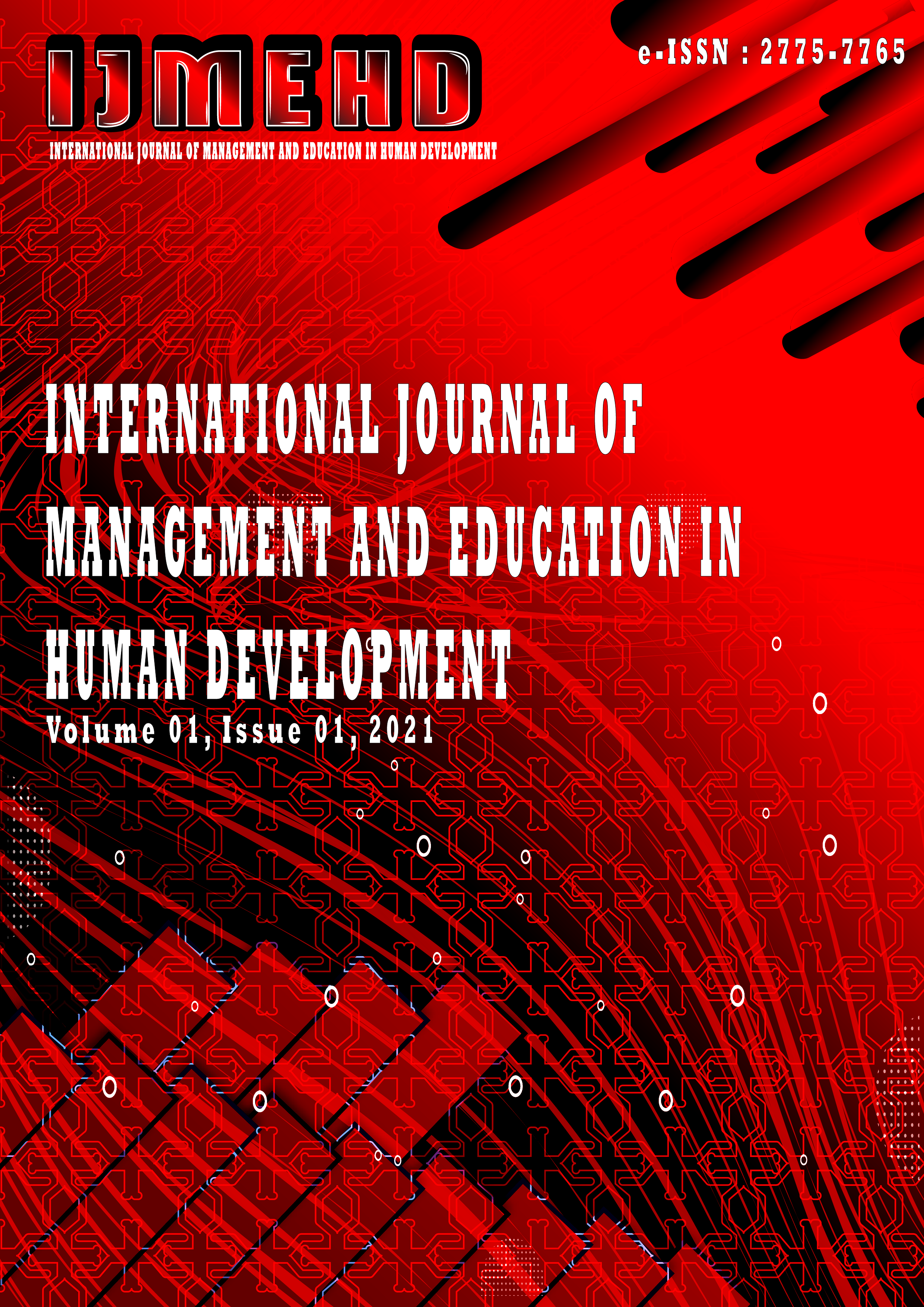Application Of Two Stay Four Stray Techniques In Geometry Forms To Increase Motivation And Children's Learning Outcomes In Asmi Abdullah 'S Kindergarten
Keywords:
Two Stay Four Stray technique, geometric shapes, Motivation, Learning OutcomesAbstract
The purpose of this study was to determine and analyze the application of the Two Stay Four Stray technique to material making geometric shapes to improve children's motivation and learning outcomes. This research was conducted at Asmi Abdullah Kendari Kindergarten, even semester in 2019. The number of students in group A was 22 children consisting of 13 male students and 9 female students. At this stage, the researcher carried out a reflection discussion based on the results obtained from Kindergarten in the observation stage, and evaluation to see whether the activities carried out had been able to improve student learning outcomes both classical products and processes. The researcher describes the data analysis procedures that have been collected which are then processed by reducing data, simplifying data, tabulating data and summarizing data. All of these things are used in reflection material carried out by peers through simple discussions in the teacher's room in order to get the kindergarten level of achievement of research targets as well as failures and efforts to overcome them in the implementation of the next cycle. The application of the Two Stay Four Stray technique cooperative learning model can improve the learning outcomes of children in group A at Asmi Abdullah Kendari Kindergarten for material making geometric shapes. Learning that is carried out through the cooperative learning model Two Stay Four Stray technique contributes to children for children's independence in learning and critical thinking maturity. This learning in addition to shaping the child's cognitive level has also trained children's behavior patterns in terms of attention to lessons, enthusiasm for task work, courage, cooperation and togetherness and responsibility.
References
Achyar, dkk. 1998. Cooperative Learning Strategies In The Teaching Of general Science at Lower Secondary Level. Bandung: PPPGT.
Dimyati, Mudjiono.1999. Belajar dan Pembelajaran. Jakarta. Rineka Cipta.
Gane, Briggs, Wager.2007. Prinsip Disain Pembelajaran. Penerbit UNJ. Jakarta.
Hamalik.Oemar. 2001. Proses Belajar Mengajar. Bandung. Bumi Aksara.
Hakim Thursan. 2004. Belajar Secara Efektif. Jakarta. Puspa Swara.
Ibrahim Muslimin, dkk. 2000. Pembelajaran Kooperatif. Surabaya: Universitas Press
Lie Anita. 1999. Metode Pembelajaran Gotong Royong.Surabaya. Citra Media.
Mudjiono, Dimyati. 1999. Belajar dan Pembelajaran. Jakarta. Rineka Cipta.
Rusyan,A.T. 1989. Pendekatan Dalam Proses Belajar Mengajar. CV. Remaja Rosda Karya. Bandung
Slameto. 1988. Belajar dan Faktor-faktor yang Mempengaruhinya. Jakarta: Bina Aksara
Sutikno Sobry.M.2005. Pembelajaran Efektif. Mataram. Penerbit NTP Press.
Usman, Setiawati. 2001 Upaya optimalisasi Belajar Mengajar.Ban
Downloads
Published
How to Cite
Issue
Section
License
Copyright (c) 2023 International Association of Management and Human Resource Development

This work is licensed under a Creative Commons Attribution 4.0 International License.

This work is licensed under a Creative Commons Attribution 4.0 International License.







